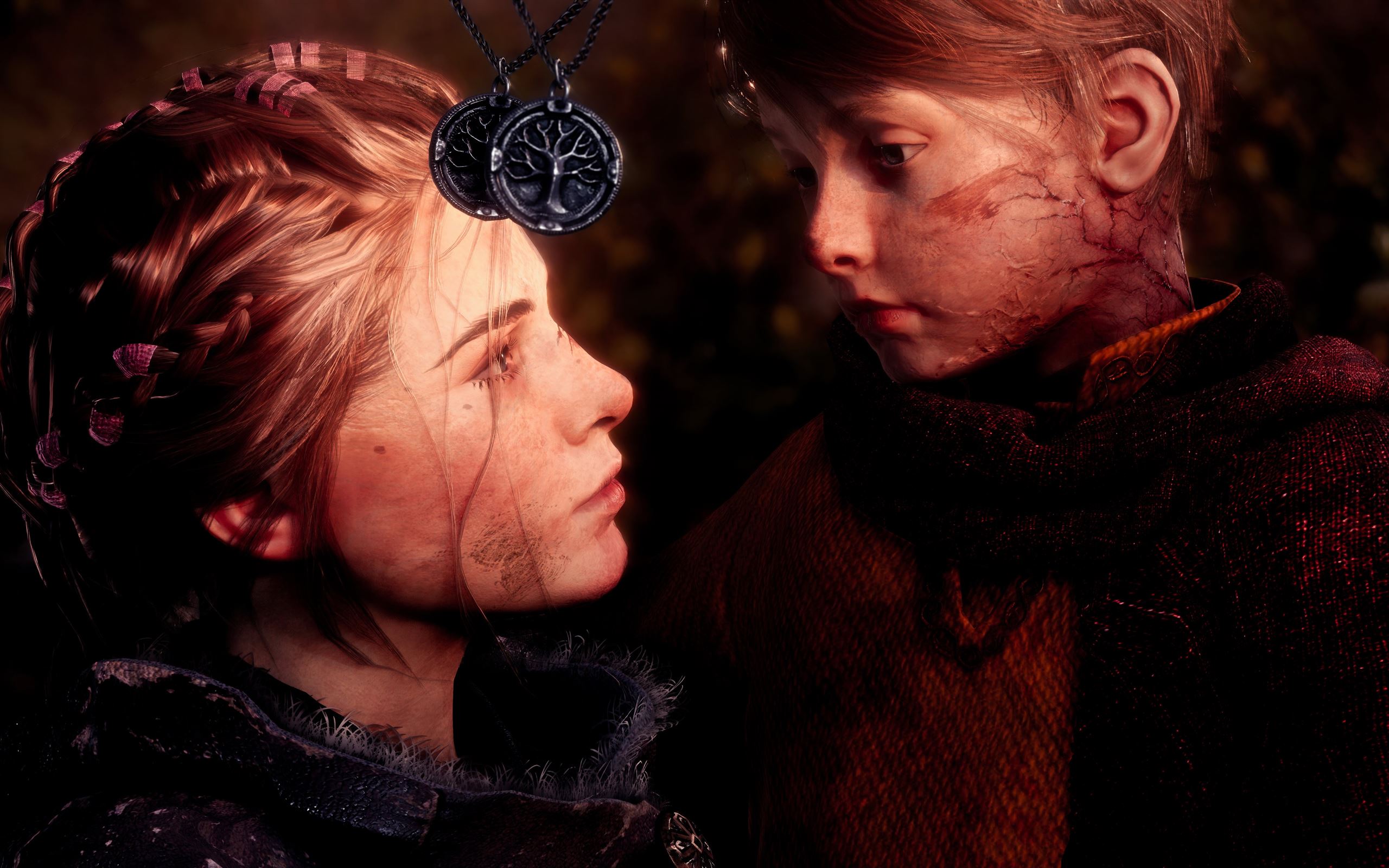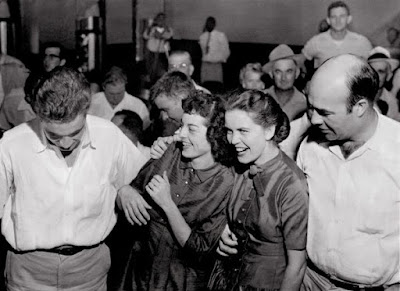

It was the fact it was being held at all. The courtroom crowd indicated there was something unique about the proceeding. The sheriff segregated the black reporters, requiring them to cram around a folding table in a corner while the white press was seated close to the judge and jury. Dozens of reporters were also present, filing stories with both regional and national newspapers. The courtroom was jammed, as it had been all week, with more than 200 hundred observers, the majority white, attending. Milam and his half-brother Roy Bryant, were charged with the murder of Emmett Till, age fourteen, an African American who had come South from Chicago to visit family. During the last several days, this all-white jury had heard testimony in a murder trial. Twelve white men exited the jury room in the Tallahatchie County courthouse in Sumner, Mississippi. In March of 2022, President Joe Biden signed the Emmett Till Antilynching Act into law, making lynching a federal hate crime.Ceiling fans stirred the sweltering air deep in the Delta on Friday, September 23, 1955.

“Nothing that boy did could ever justify what happened to him,” she said. In 2022, a grand jury in Mississippi declined to indict Bryant for her role in the crime nearly 70 years earlier. In 2017, Tim Tyson, author of the book The Blood of Emmett Till, revealed that Carolyn Bryant (later known as Carolyn Bryant Donham) recanted her testimony, admitting that Till had never touched, threatened or harassed her. The Emmett Till murder trial brought to light the brutality of Jim Crow segregation in the South and was an early impetus of the civil rights movement. Many people around the country were outraged by the decision and also by the state’s decision not to indict Milam and Bryant on the separate charge of kidnapping. On September 23, the all-white jury deliberated for less than an hour before issuing a verdict of “not guilty,” explaining that they believed the state had failed to prove the identity of the body. There were few witnesses besides Mose Wright, who positively identified the defendants as Emmett’s killers. Less than two weeks after Emmett’s body was buried, Milam and Bryant went on trial in a segregated courthouse in Sumner, Mississippi. Jet, an African American weekly magazine, published a photo of Emmett’s corpse, and soon the mainstream media picked up on the story.


After seeing the mutilated remains, she decided to have an open-casket funeral so that all the world could see what racist murderers had done to her only son.


 0 kommentar(er)
0 kommentar(er)
